The 10 Biggest HP News Stories Of 2019 (So Far)
From new products and security features, to channel investments, to HP's partnership with Xerox, here are the top HP Inc. stories from the first half of the year.
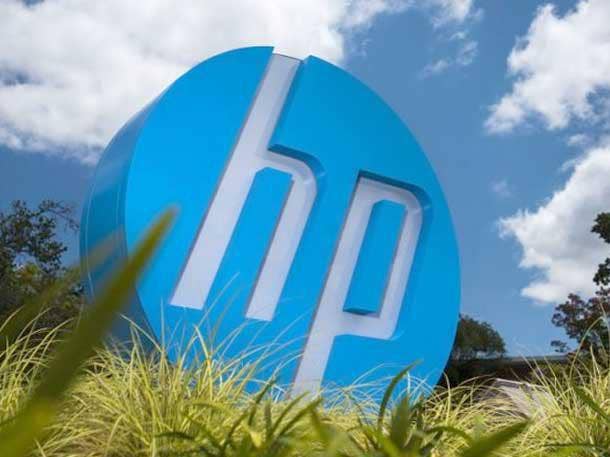
HP's Year So Far
The first half of 2019 has been a busy time for HP Inc., with the Palo Alto, Calif.-based company announcing a number of major moves and new products. An array of announcements came at HP's Reinvent 2019 partner conference in March, but the PC and printer juggernaut has been making news throughout the first half of the year including with announcements of new opportunities (such as an expanded partnership with rival Xerox) and challenges (including a surprise drop in the company's printer supplies revenue).
Ultimately, in all of HP's businesses, the company's success depends greatly on channel partners, HP CEO Dion Weisler said in an interview with CRN in March.
"Overall we're very committed to our partners' success. I don't think that's ever really been in question, because we've never wavered over the course of 80 years. We don't flip flop. They are very central to us," Weisler said. "We're positioning the business both for today but also for the long term, and we believe that with them we are able to make lives better for everyone, everywhere."
What follows is our roundup of the 10 biggest HP news stories of 2019 so far.
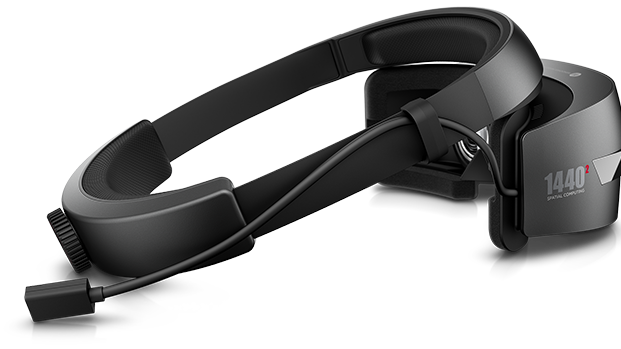
New Commercial VR Headset
HP expanded its commercial VR push in a big way during the first half of 2019, with the launch of the new HP Reverb Virtual Reality Headset. HP has touted the Windows Mixed Reality headset as having the highest VR resolution yet among offerings from major vendors, with resolution of 2,160 x 2,160 per eye. That level of clarity is crucial for some business applications that require reading text on the display screen, and compares to 1,440 x 1,440 per eye on HP's previously released Windows Mixed Reality Headset. The headset is targeted for verticals such as health care and for uses such as employee training. The Reverb headset also features 114-degree field-of-view, integrated spatial audio and improved comfort, according to HP. In addition, the Reverb features a sleeker design and weighs just 0.95 of a pound, compared to 1.84 pounds on the HP Windows Mixed Reality headset.

Progress In Sustainability
In June, HP announced big strides toward achieving its environmental goals with the release of the company's 2018 Sustainable Impact Report. Sustainable impact was a "key differentiator" in capturing $972 million of new revenue for HP in 2018, the company reported. That was up 35 percent from $721 million in 2017.
Meanwhile, the company says it's pursuing an "industry-leading" goal of reaching 30 percent recycled content plastics in print and personal systems by 2025. HP used 7 percent recycled plastics in 2018. HP increased the use of recycled plastic last year across personal systems and printing products, as well as in ink and toner cartridges.
Additionally, HP is working toward the goal of powering its global operations entirely with renewable electricity by 2035. That's through a combination of renewable electricity purchased and generated on-site, along with purchasing renewable electricity certificates. HP previously hadn't set a timetable on reaching 100 percent globally, said Nate Hurst, chief sustainable impact officer at HP, in an interview with CRN. "We're increasing a bit of the pressure we're putting on ourselves," Hurst said.
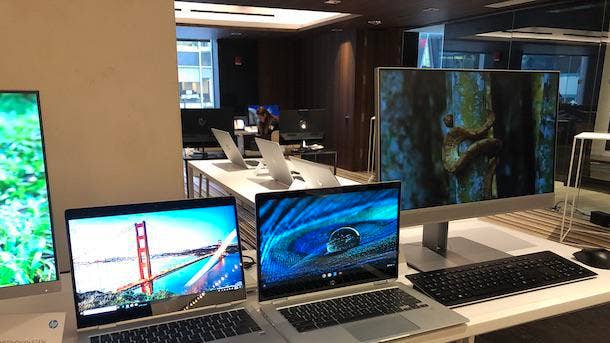
Commercial PC Launches
HP has kept up its aggressive pace of new launches in its commercial PC portfolio during the first half of the year, starting with a number of debuts at CES 2019 in January. The CES launches included HP's first EliteBook 800 series convertible, the EliteBook x360 830; the first Chromebook x360 for businesses; and the first all-in-one PC with HP's integrated privacy screen, Sure View (the EliteOne 800 G5 AIO).
Other first-half PC launches from HP have included a refreshed lineup of PCs targeted at the SMB market, including two ProBook laptops and a new ProDesk desktop. Meanwhile, in April HP announced its first PCs to feature its malware-defeating Sure Sense software. Sure Sense has been first available in sixth-generation EliteBook 800 models—including the EliteBook 830 G6, 840 G6 and 850 G6, as well as the x360 830 model.
And in May, HP unveiled refreshed models in its premium EliteBook x360 1000 series—with the EliteBook x360 1030 G4 and 1040 G6 on the way—while the company also unveiled the new EliteDesk 800 G5 Desktop Mini PC.
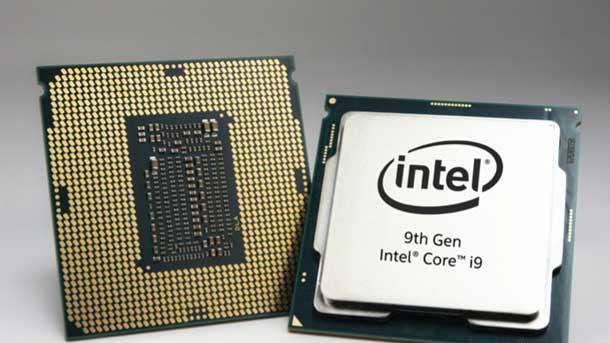
Intel Shortages Hit PC Shipments
Following the onset of Intel's CPU shortage in the second half of 2018, PC makers including HP Inc. continued to be pummeled by the constrained supply in the early months of 2019. Research firm Gartner reported that HP's PC shipments sank 4.7 percent during the first quarter in the U.S., while growing just 0.8 percent globally--well below growth rates prior to the CPU shortage. HP still managed to increase its personal systems revenue during its fiscal second quarter, ended April 30, by 1.8 percent. And things began to turn around on shipments in Q2, with Gartner reporting signs of a slowing CPU shortage and strong Windows 10 PC adoption by businesses as the Windows 7 end-of-life date approaches. HP ultimately saw PC shipments grow 1 percent in the U.S. and 2.6 percent globally during the second quarter, according to Gartner.
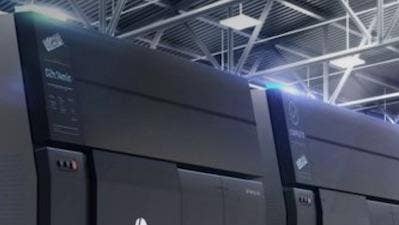
3-D Print Expansion
In May, HP debuted a new 3-D printing system aimed at customers seeking to do volume production of plastic parts, which the company says includes major advances in accuracy and economics. The new system, the Jet Fusion 5200, joins HP's other plastics 3-D printers—the Jet Fusion 4200 Series (for short runs and production) and the prototyping-focused Jet Fusion 500 and 300 Series. The Jet Fusion 5200 is available through HP channel partners and falls under the existing Jet Fusion channel program, the company said.
While it's still early days for the 3-D print business at HP, Weisler said in February that he sees signs of strong momentum. The 300 Series and 500 Series systems are "beginning to scale," while HP is also driving forward in metal 3-D printing, Weisler said. "We're shipping millions of parts that are printed on Multi Jet Fusion, and we're really, really satisfied where we are in this journey," he said.

Partner-Friendly Investments
HP announced a number of partner-friendly investments during the first half of 2019. In a bid to make life easier for partners, HP disclosed that its Partner First portal and its seller-focused Sales Central platform will be consolidated into a single site. The consolidated sites should "make the engagement model simpler" for partners, said Dave Lobato, head of worldwide digital sales engagement platforms at HP. Whenever partners "have multiple touch points when they conduct their business with us, reducing that helps them to be more efficient and effective," he said.
Meanwhile, HP has been looking to increase profitability for partners on sales of displays and accessories. The company announced a new set of displays and accessories incentives for Platinum and Gold partners in February. The new incentives are taking the form of rebates that are provided to channel partners that surpass a certain base level of sales in displays and/or accessories, according to HP. The incentives are substantial, HP said: the company announced that it is doubling the rebates available to partners that hit certain sales levels.
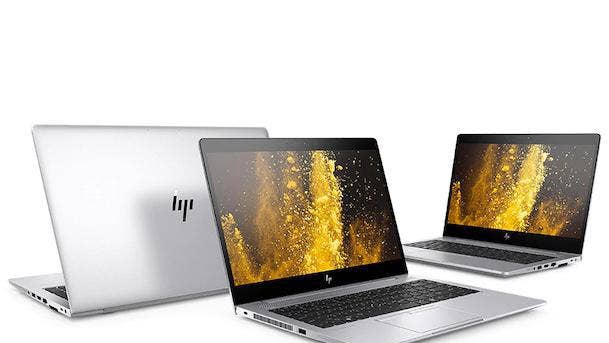
Device-As-A-Service Moves
HP looked to expand its Device-as-a-Service (DaaS) business with a series of big moves during the first half of 2019. HP's DaaS offering provides PC leases paired with HP's TechPulse software for proactive identification of device issues—such as an impending battery or hard drive failure. In February, HP rolled out new DaaS features to channel partners such as the addition of predictive maintenance for Apple's Mac computers as well as Android devices. Then in June, HP and Xerox announced an expanded alliance that will see Xerox become a DaaS specialist in HP's Partner First program. Xerox brings strong penetration in the SMB market along with services capabilities to the DaaS push, HP and Xerox said in a joint news release. Xerox will be selling HP PCs, displays and accessories through the DaaS program, according to the announcement.
While DaaS is a nascent market, HP executives have pinpointed the service offering as a central focus for the evolution of the company's PC business. "While it's true there is some initial investment, there is really no alternative" to moving to services from traditional device sales, Weisler told CRN in March. "Because the market, given the mega-trends, is going to move there anyway. The question is, are you going to be there for that end customer, or not?"

Doubling Down On Security
During the first half of 2019, HP launched a major expansion of its efforts to safeguard its PCs and printers against a variety of cybersecurity threats. The company debuted its Sure Sense security software, which the company says can block previously unknown malware using artificial intelligence. Sure Sense uses deep-learning technologies to learn what malware looks like and shut the threats down instantly, according to HP. While traditional antivirus stops known malware by using malware signatures that have been previously registered, the deep-learning engine in Sure Sense can block even unknown malware by figuring out the attributes of malware and then spotting those attributes in near-real-time. HP says Sure Sense is a lightweight agent that is installed notebooks, and is "over 99 percent effective for catching malware."
Meanwhile, in March, HP unveiled a new security service for protecting against malicious files and links on Windows 10 PCs--including for PCs from vendors other than HP. The HP DaaS Proactive Security service uses threat isolation technology to protect endpoints against malware, enabling users to access web links and files in an isolated environment that can't harm an organization's systems.
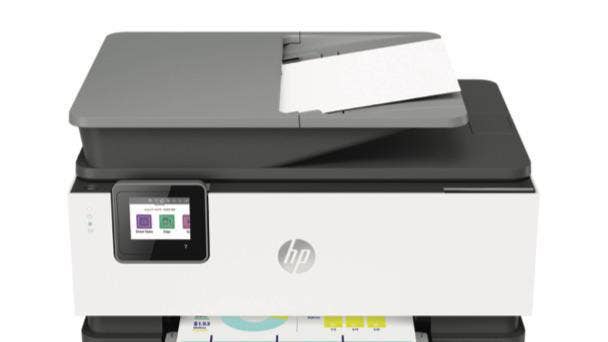
Printer Supplies Challenges
In HP's fiscal second quarter, ended April 30, HP reported that its print supplies revenue dropped 3 percent from the same period a year earlier. That marked the second quarter in a row sequentially that HP saw a year-over-year decline of 3 percent in its supplies business. To combat the decline, HP is taking "very decisive actions," including a number of operational changes such as increased investments in search advertising and "upping our game in terms of brand protection," Weisler said during HP’s quarterly call with analysts in May.
Strategically, the company is focused on boosting its efforts in contractual, he said. Contractual managed print services encompass supplies, making that revenue less prone to the market forces that are impacting HP's supplies business.
"We're evolving in print to focus on driving growth in our contractual business," Weisler said. "Our customers are really interested in transacting with us through those contractual motions."
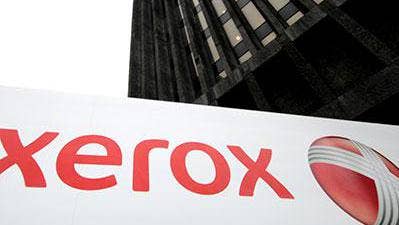
Partnership With Xerox
In June, HP announced an expanded agreement with printer industry rival Xerox, which will see Xerox sourcing certain A4 devices as well as entry-level A3 devices from HP. While surprising on the face of it, the deal actually represented a continuation of an OEM arrangement that Xerox previously had with Samsung, prior to HP's acquisition of Samsung's printer business in 2017. The printers covered by the new arrangement will mainly be those using laser printing technology from Samsung. Going forward, Xerox will also supply toner to HP "for these and other products," the companies said.
"In the market, the personalities of the two portfolios are going to stay fairly differentiated," said Enrique Lores, president of Imaging and Printing at HP, in an interview with CRN. "The engines will be common. But all the software tools, the front panel, everything that customers will be interacting with is going to be different. So I don't think it's going to make the situation more or less competitive for our partners, because the differentiation between the two portfolios is going to stay fairly high."
Additionally, HP and Xerox will be partnering on Device-as-a-Service, with Xerox becoming a Device-as-a-Service specialist in HP's Partner First program, the companies announced.